For our 10th door, I want to introduce you to the diversity of peculiar and complex group of tiny creatures, the protists, and an amazing source of recently published graphics for visualizing them. My project here in FEZ group (PolyPro3) features protists as main characters and I find them especially interesting. However, these organisms are small and perhaps not very familiar to a wider audience. Being able to visually present complicated stories in science is essential for communicating our findings. As a researcher that studies protists, I have come across this problem when talking about my research.
So, without further ado, let’s dive into the matter at hand. Protists are eukaryotic micro-organisms that are mostly unicellular and often invisible to the naked eye. The group includes organisms that are neither plants nor animals or fungi. Therefore, they are morphologically very diverse and can be found in most terrestrial, aquatic, and marine habitats, from deep sea to the ice cover in the Arctic. However, their true diversity is greatly unknown and they are much less studied than the larger organisms across the eukaryotic tree of life (animals, plants, and fungi).
What makes protist diversity so important? They have various fundamental roles in the ecosystems as decomposers, oxygen producers, sources of food for many animals, and they form important symbiotic relationships. Some of them are also known to cause devastating animal and plant diseases, such as malaria. Plant-like protists, such as algae, are primary producers that photosynthesize and produce oxygen. In fact, the majority of the oxygen in the oceans is produced by these single-celled organisms!
Because of all this diversity, protists are indeed difficult to visualize. One might not find photographs of tiny single-celled symbionts particularly charismatic compared to, for example, colorful butterflies. Luckily, a couple of weeks ago, a paper came out in PLOS Biology with a solution to just that! This amazing paper https://doi.or g/10.1371/journal.pbio.3002395 by Patrick J. Keeling and Yana Eglit provides openly available, high quality graphics about the morphological diversity of protist, as well as an illustration presenting protist diversity across the tree of life. Below are some examples of their wonderful contribution.
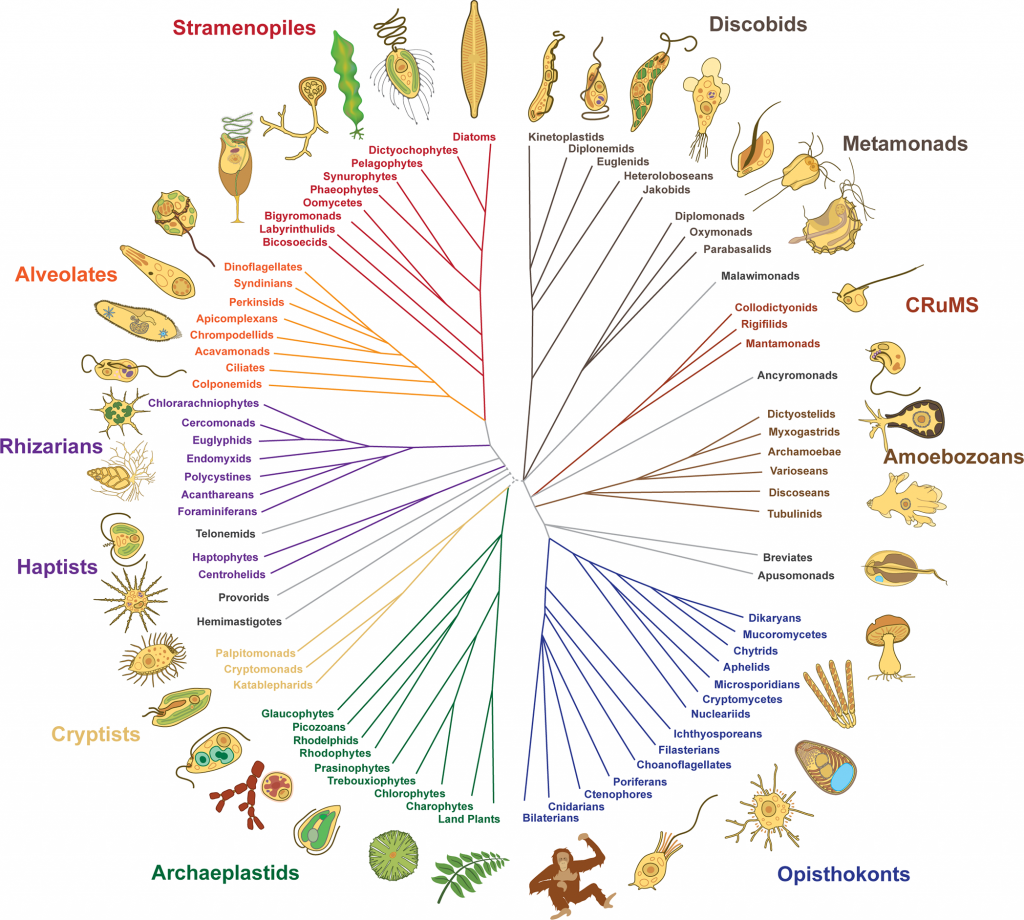
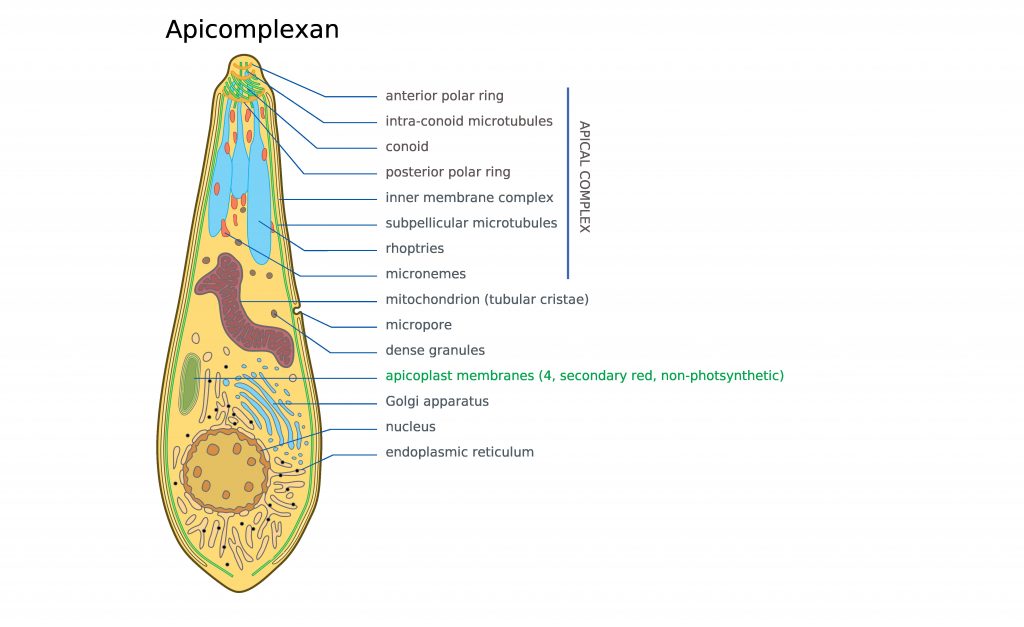
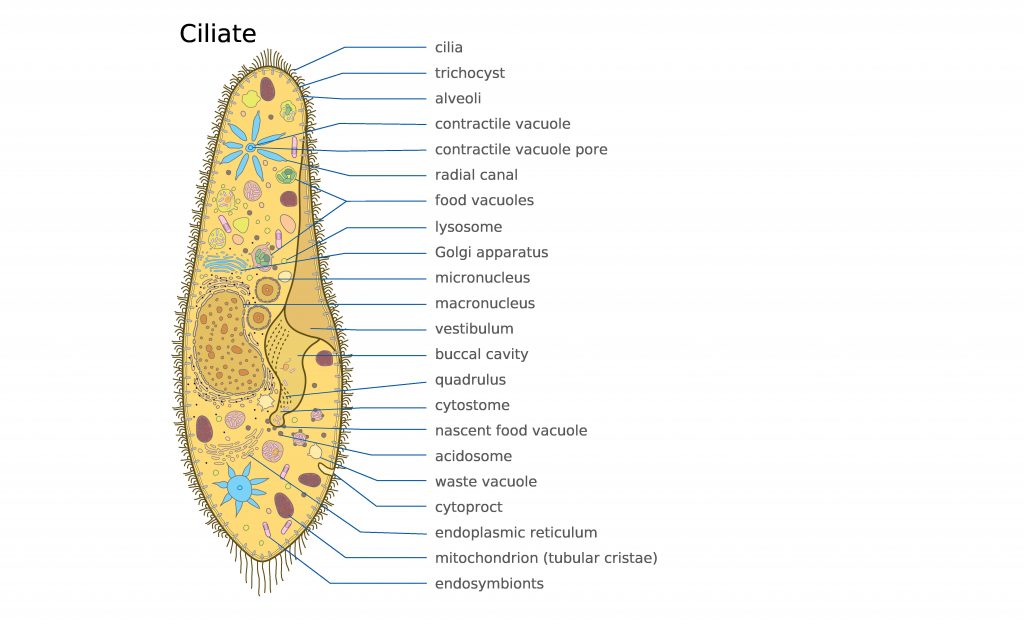
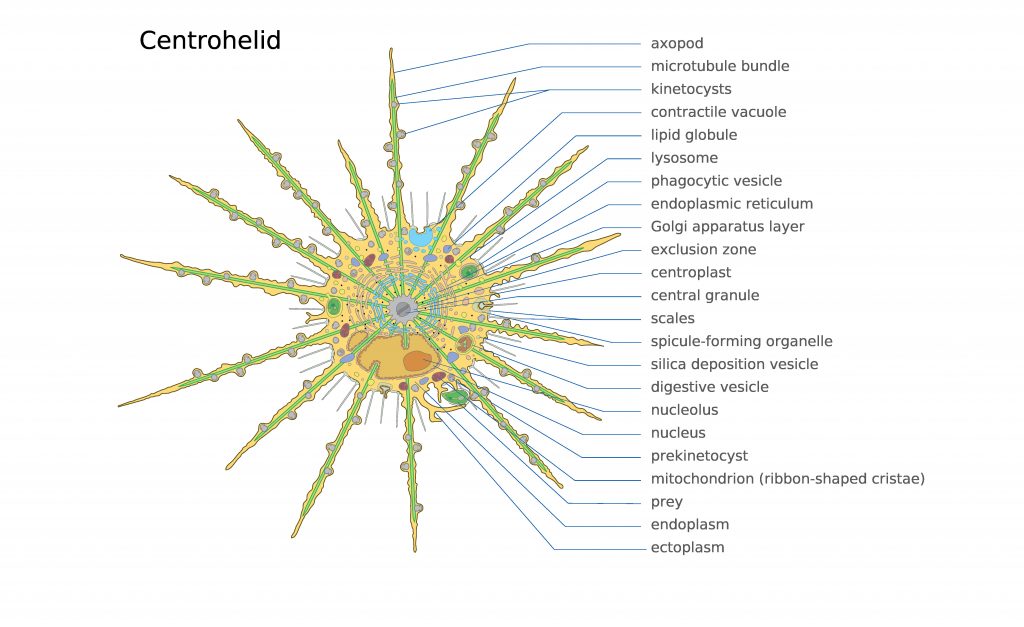
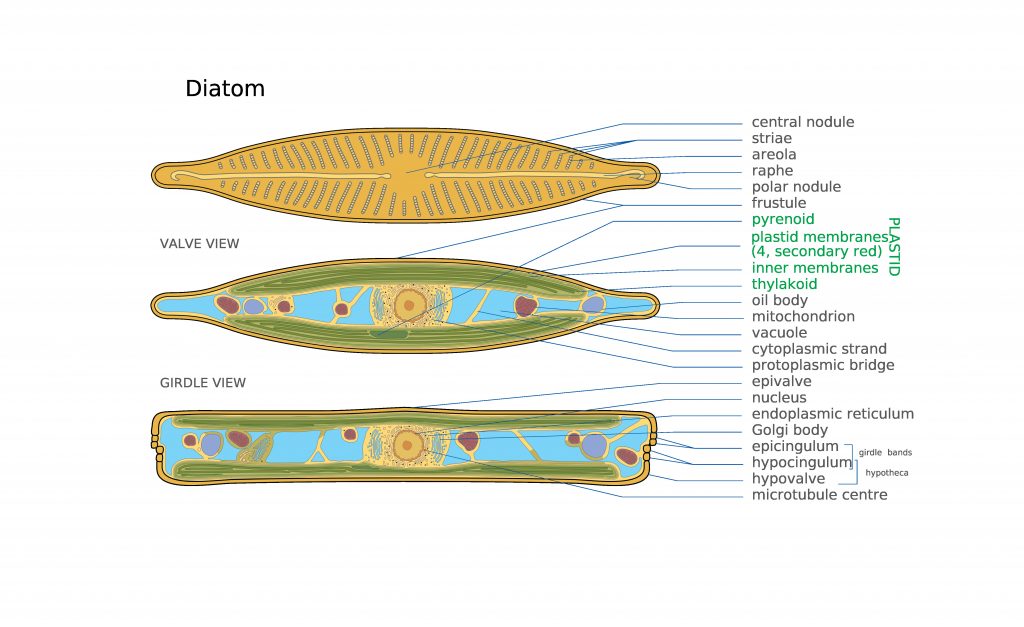
In this paper, the authors address the difficulties of visualizing the vast protist diversity we know of, but also address important issues in education on protist diversity that is another motivation behind the paper. In order to educate future biologists and to draw their attention in the importance of these organisms and their vital role in ecosystem functioning, we need to be able to effectively communicate and summarize the common features of protists. As such, I find their contribution to be highly important and therefore, this paper is easily among my favorites from this year.
![]()
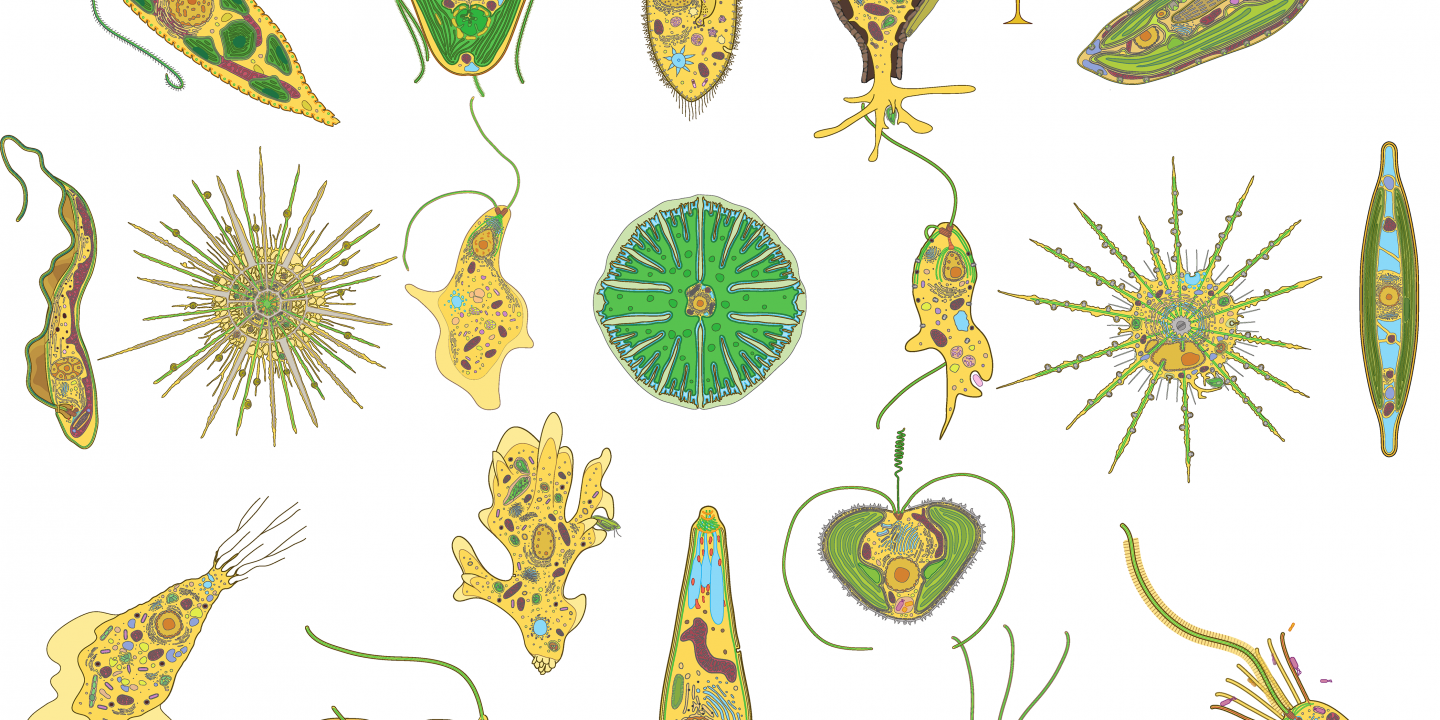
1 Comment on “Door 10: A much needed tool for visualizing the invisible biodiversity”